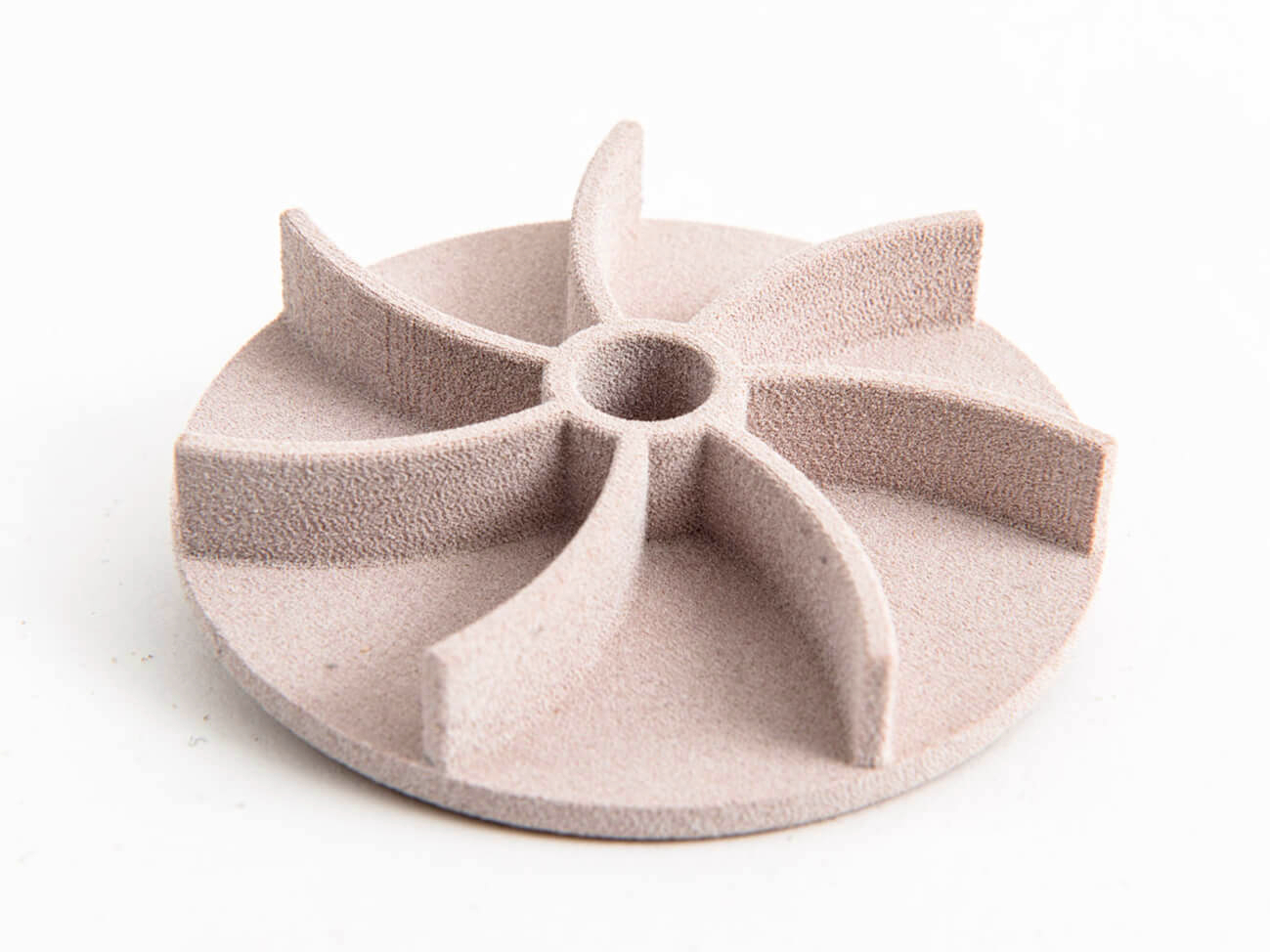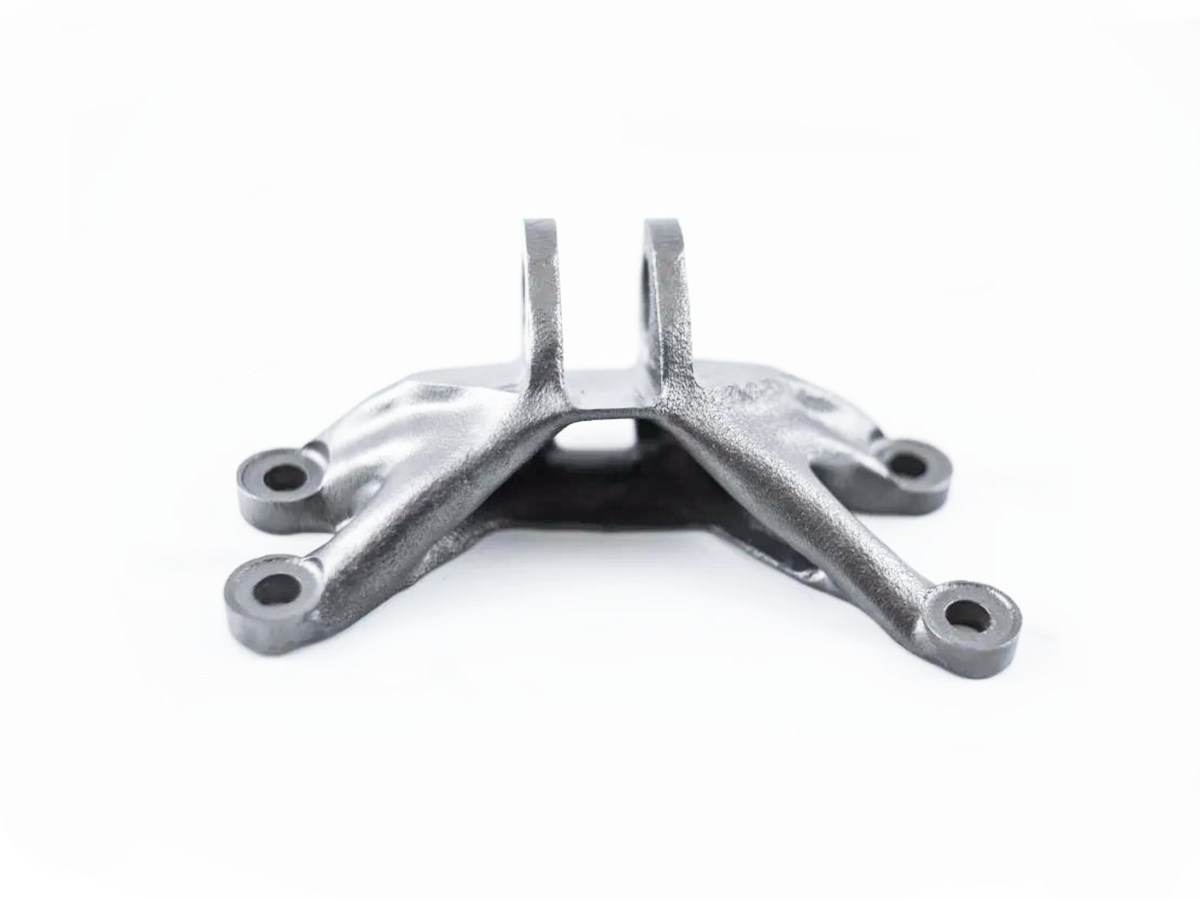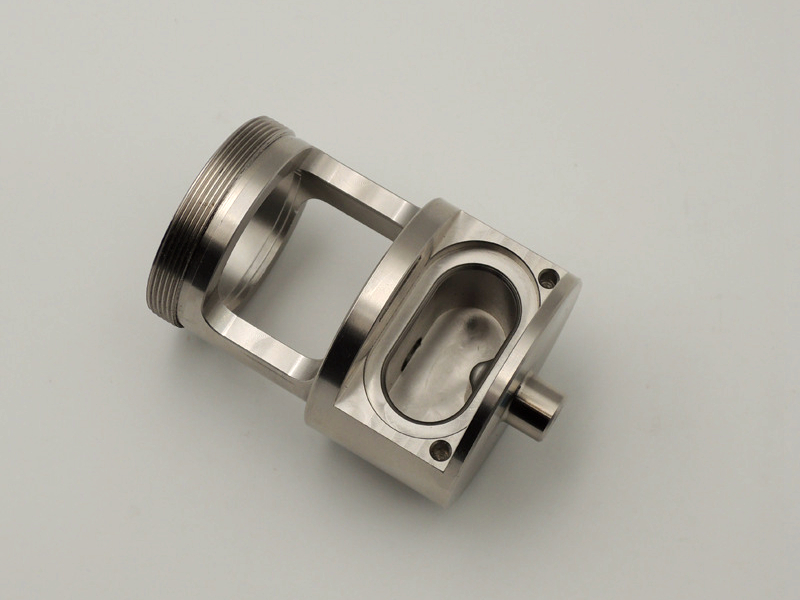How do SLA, SLS, and FDM compare in accuracy and part strength?
From an engineering and manufacturing standpoint, selecting the appropriate additive manufacturing technology requires a fundamental understanding of the trade-offs between accuracy, mechanical strength, and functional application. SLA (Stereolithography), SLS (Selective Laser Sintering), and FDM (Fused Deposition Modeling) operate on distinct principles, leading to significant differences in their output characteristics. The optimal choice is never universal but is dictated by the part's intended function, whether it's a high-detail visual prototype, a functional under-hood component, or a robust jig or fixture.
Dimensional Accuracy and Surface Finish
SLA (Stereolithography): SLA typically offers the highest dimensional accuracy and best surface finish among the three technologies. It uses a laser to precisely cure liquid photopolymer resin layer by layer, resulting in very fine feature resolution (often down to 25-100 microns) and exceptionally smooth surfaces. This makes it ideal for SLA 3D Printing of parts requiring tight tolerances and cosmetic appeal, such as detailed prototypes, master patterns for rapid molding, and intricate visual models.
SLS (Selective Laser Sintering): SLS offers good accuracy, although it is generally not as high as SLA. A laser fuses powdered polymer, typically Nylon (PA12), and the surrounding unsintered powder naturally supports the part during the build, allowing for highly complex geometries. However, the process can result in a slightly grainy, matte surface finish due to the presence of powder particles. SLS 3D Printed Parts are excellent for functional prototypes and complex assemblies where support-free construction is a major advantage.
FDM (Fused Deposition Modeling): FDM is generally the least accurate of the three for fine details. It works by extruding a thermoplastic filament through a heated nozzle, building the part in visible layers. Layer adhesion and nozzle size limit the minimum feature size and result in a stair-stepping effect on curved surfaces. While FDM 3D Printing Solutions are highly accessible, the accuracy is highly dependent on printer calibration, nozzle diameter, and layer height settings.
Mechanical Strength and Material Properties
SLS (Selective Laser Sintering): SLS produces the strongest and most durable parts for functional applications. The resulting parts are fully dense and have isotropic mechanical properties, meaning their strength is nearly uniform in all directions because they are composed of fused powder. Materials like Nylon PA12 offer excellent toughness, fatigue resistance, and moderate chemical resistance, making 3D Printing via SLS suitable for end-use parts, demanding functional prototypes, and housings in fields like automotive and industrial equipment.
FDM (Fused Deposition Modeling): The strength of FDM parts is highly anisotropic. They are strongest in the plane of the build layer (X-Y axis) but are significantly weaker between layers (Z-axis) due to the potential for delamination. While engineering-grade thermoplastics like ABS, PC, and Nylon are available, the layer-based construction remains a structural weakness. FDM is best suited for rough functional testing, jigs, fixtures, and parts where directional loading can be managed.
SLA (Stereolithography): SLA resins are typically photopolymers that, when cured, can be quite brittle compared to SLS nylon or FDM thermoplastics. They are susceptible to cracking under mechanical stress or prolonged exposure to UV light and moisture. While there are "tough" and "durable" resin formulations that mimic the properties of ABS or PP, they generally lack the long-term fatigue resistance and toughness of true thermoplastics. SLA parts are superior for form and fit verification but are less ideal for high-stress functional testing.
Engineering Guidelines for Technology Selection
Choose SLA for High-Fidelity Prototypes: When the primary requirement is dimensional accuracy, fine detail, and a smooth surface finish for visual models, presentation pieces, or prototyping form and fit.
Select SLS for Functional, Complex Parts: When you need strong, durable, and isotropic parts capable of withstanding functional testing, snap-fits, and complex, enclosed geometries without the need for support structures during printing.
Utilize FDM for Cost-Effective & Large Parts: For large, low-volume parts, simple functional prototypes where anisotropic strength is acceptable, and rapid, low-cost prototyping of conceptual models.
Consider Hybrid Manufacturing: For ultimate performance, consider using 3D printing for prototypes and then transitioning to CNC Machining for final production parts to achieve superior material properties and guaranteed accuracy, or using 3D printing for custom jigs and fixtures used in the manufacturing process itself.



